PPT-Surface Medical Esthetics, PLLC
Author : myesha-ticknor | Published Date : 2018-10-06
Kathleen Connolly Grand Canyon University October 9 2013 The Art amp Science Of Botulinum Toxin A amp Dermal Filler Implantation Baby Boomers people born between
Presentation Embed Code
Download Presentation
Download Presentation The PPT/PDF document "Surface Medical Esthetics, PLLC" is the property of its rightful owner. Permission is granted to download and print the materials on this website for personal, non-commercial use only, and to display it on your personal computer provided you do not modify the materials and that you retain all copyright notices contained in the materials. By downloading content from our website, you accept the terms of this agreement.
Surface Medical Esthetics, PLLC: Transcript
Download Rules Of Document
"Surface Medical Esthetics, PLLC"The content belongs to its owner. You may download and print it for personal use, without modification, and keep all copyright notices. By downloading, you agree to these terms.
Related Documents

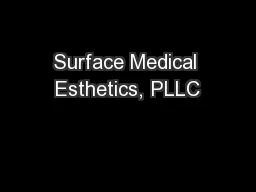
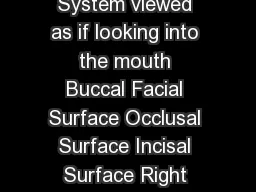
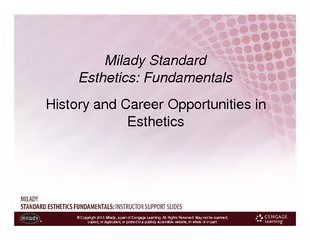
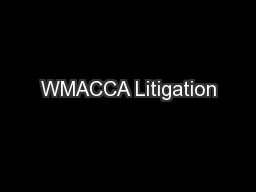








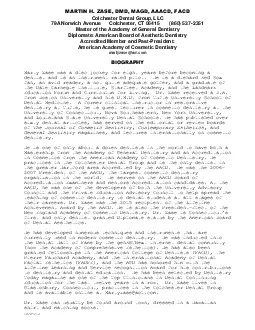
![[READ] Taking Beauty to the Next Level: You Can Succeed in Medical Esthetics](https://thumbs.docslides.com/1004079/read-taking-beauty-to-the-next-level-you-can-succeed-in-medical-esthetics.jpg)